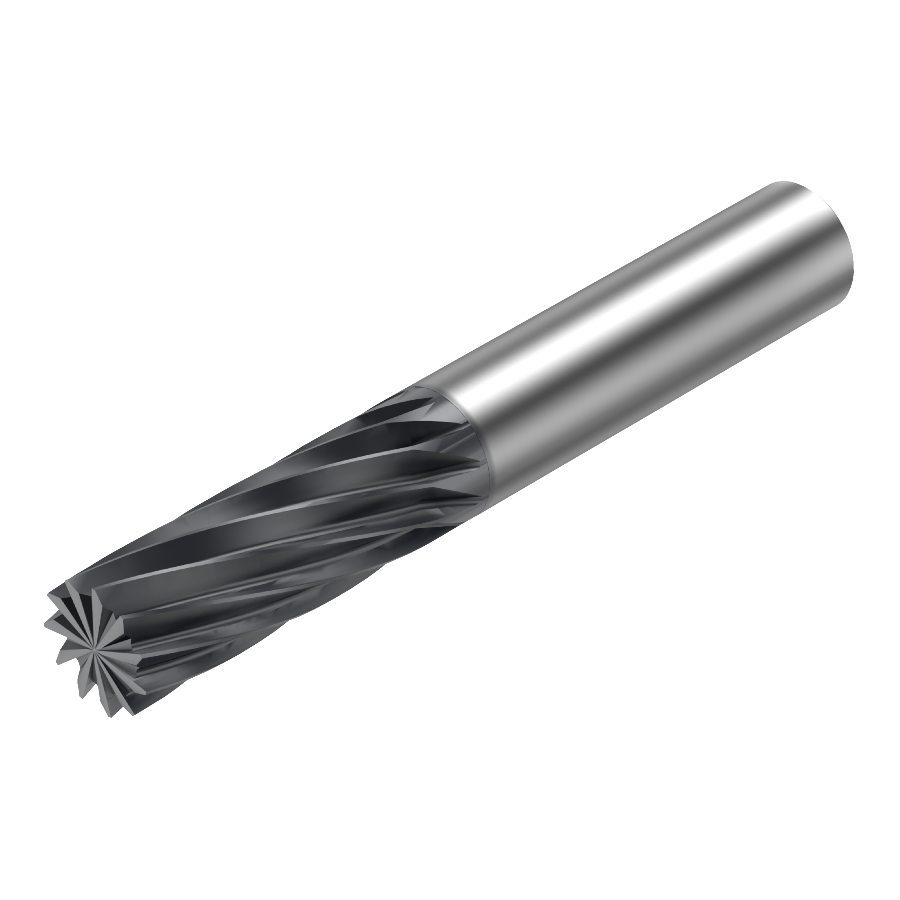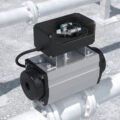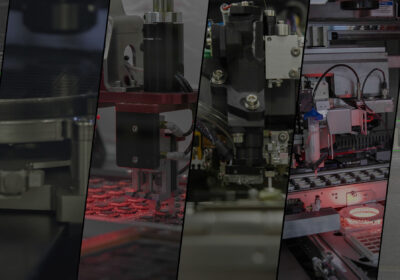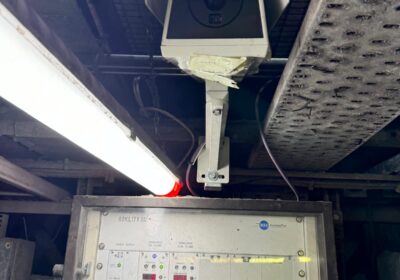How Sandvik Coromant is solving machining challenges for the aerospace industry
Composite materials have emerged as game-changers across multiple industries, revolutionising manufacturing with their lightweight, high-strength properties. In this article, Bruno Gardes, Head of Sales and Customer Application Support, Business Unit Solid Round Tools at global metal cutting leader, Sandvik Coromant, examines the unique challenges of machining composites materials in aerospace manufacturing and outlines the research and development (R&D) efforts of Sandvik Coromant to support this sector.
For over eight decades, Sandvik Coromant has epitomised excellence in providing cutting-edge tools and expertise to the metalworking industry. A significant milestone in Sandvik Coromant’s trajectory was its foray into producing cutting tools tailored for composite materials. This venture was catalysed by the aerospace industry’s shift towards composite usage for weight reduction, driven by aerospace industry programs like the manufacture of the Boeing 787 Dreamliner (B787) and Airbus A350 XWB (A350).
Demands for lighter aircraft
The B787 is a long-range, wide-body airliner developed by Boeing in the early 2000s. It was conceived as a replacement for the Boeing 767 and was designed to offer improved fuel efficiency and range. Notably, the B787 incorporates a high proportion of composite materials in its construction, making it lighter and more fuel-efficient compared to traditional aluminium aircraft. Like its Boeing counterpart, the Airbus A350 incorporates advanced composite materials extensively in its airframe.
Composites such as Carbon Fiber Reinforced Polymer (CFRP) and Glass Fiber Reinforced Polymer (GFRP) offer aerospace manufacturers a compelling alternative to traditional metals, such as aluminium and steel, due to their superior strength-to-weight ratio and corrosion resistance. By integrating composites into aircraft structures, manufacturers can significantly reduce weight, reduce emissions and increase payload capacity. Additionally, composites offer greater design flexibility, enabling the creation of aerodynamic shapes and structures that enhance overall performance.
Machining challenges
Machining composites presents a unique set of challenges compared to traditional materials. One of the primary challenges is the abrasive nature of composites, particularly CFRP, which can quickly wear down conventional cutting tools designed for metals.
Additionally, composites often consist of heterogeneous material stacks or “sandwich” structures, combining layers of different materials with varying machinability behaviours. Machining through these multi-layered structures requires careful selection of cutting tools, coatings and machining parameters to ensure precision and minimise damage to the composite layers.
Moreover, composites exhibit anisotropic properties, meaning their mechanical properties vary depending on the direction of the applied force. This anisotropy necessitates tailored machining strategies to achieve desired outcomes while accounting for variations in material behaviour. That’s not to mention the high cost of composite materials and the complexity of machining processes that demand advanced manufacturing techniques to optimise throughput and minimise waste.
R&D at Sandvik Coromant
The technical intricacies of machining composites require a nuanced and multifaceted approach. Recognising these challenges, Sandvik Coromant has intensified its R&D efforts in this area.
Part of this endeavour includes the creation of a specialised engineering team for composite machining. This team operates in Sandvik Coromant’s own labs, equipped with a range of machinery including ADU machines, hand drilling machines and CNC equipment. The ADUs, or Automatic Drilling Units, are particularly noteworthy workhorses in these set-ups.
In the labs, the research process begins with prototyping, followed by rigorous testing using the exact stack materials provided. Through capability tests, the team’s engineers can validate the cutting tool geometry, machining parameters and ensure consistent hole quality in composite machining. This testing is characterised by meticulous analysis and prototyping. This hands-on approach ensures optimal tool selection, machining strategies and consistent quality outcomes.
Much of this research is undertaken in partnership with Sandvik Coromant customers — some of which are large household names, and some are far smaller. The clientele variation also spans different industries, providing a unique opportunity to continually learn, develop and cross-pollinate the industry with more effective and innovative methods of composite machining.

Unique technology for composite machining
A key area of innovation in composites machining is Polycrystalline Diamond (PCD) tooling. PCD is a synthetic diamond material composed of diamond particles sintered together under high pressure and temperature. PCD tooling is renowned for its exceptional hardness, wear resistance and thermal conductivity, making it ideal for machining highly abrasive materials like composites — but also for aluminium and non-ferrous metals.
PCD cutting tools are often used in applications where conventional tool materials struggle to maintain integrity due to the extreme hardness or abrasiveness of the workpiece material. A notable advantage of PCD is its ability to maintain sharp cutting edges for extended periods, reducing the need for frequent tool changes and improving overall machining efficiency. Sandvik Coromant is taking this technology a step further by offering a unique veined PCD technology.
Unlike conventional PCD tools, which feature a solid diamond layer bonded to a carbide substrate, veined PCD incorporates a network of strategically placed veins in the diamond layer. These veins serve several purposes, including improving chip evacuation, reducing cutting forces and enhancing coolant flow during machining operations. The combination of advanced diamond technology and innovative design features makes veined PCD an invaluable asset for aerospace, automotive and other industries requiring precision machining of challenging materials.
What’s more, Sandvik Coromant is leveraging Additive Manufacturing (AM) technology in the production of PVD veined drills. This innovation significantly reduces the cost per hole, making it a standout solution in the market, particularly for CFRP and titanium alloy applications.
As the aerospace industry continues its pursuit of lighter, more efficient aircraft, the significance of composite materials and the challenges they pose cannot be overstated. Through intensive R&D, Sandvik Coromant has pioneered advancements in composite machining technologies. From PCD tooling to the groundbreaking veined PCD technology and the integration of AM, Sandvik Coromant continues to redefine the possibilities of composites for aerospace manufacturing.
For more information visit www.sandvik.coromant.com.








